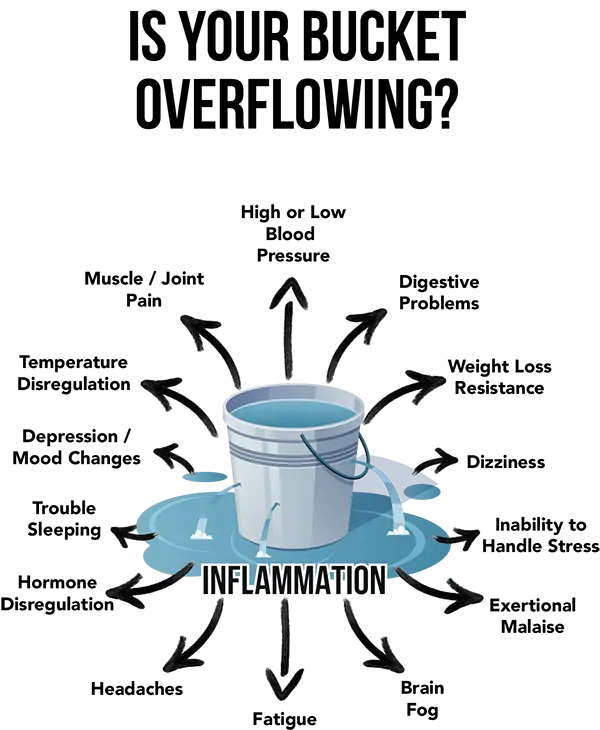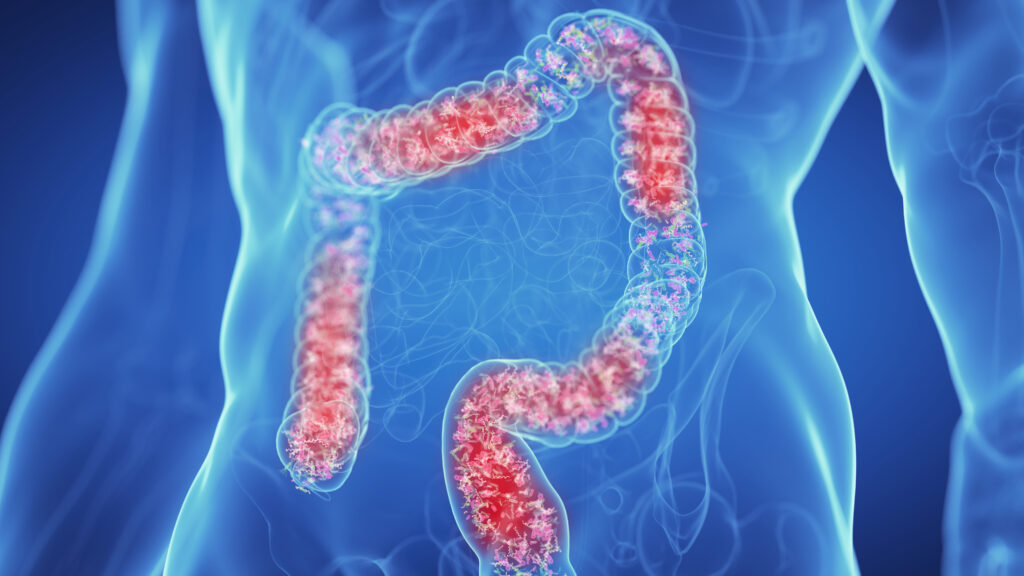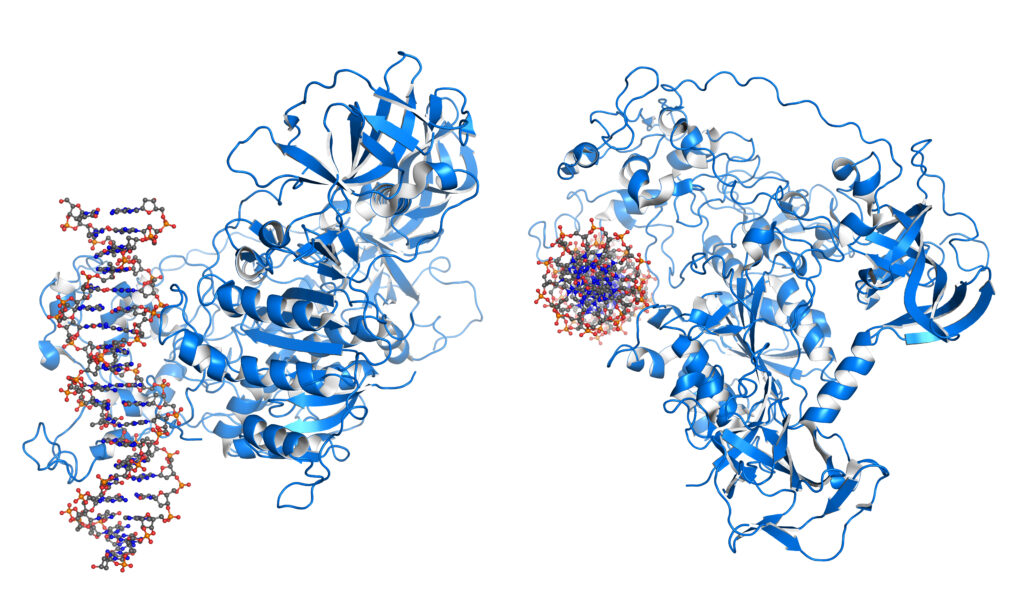The Immune System And Autoimmune Diseases – The 3-Legged Stool That Supports Good Health
Let’s examine the connection between the immune system and autoimmune diseases. The immune system is an intricate network of cells and proteins that work together to protect our bodies from harmful foreign invaders, such as bacteria, viruses, and parasites. However, when the immune system malfunctions, it attacks the body’s own cells, leading to autoimmune diseases.
The Immune System And Autoimmune Diseases
While a properly functioning immune system innately understands when to activate and deactivate according to potential threats, individuals with autoimmune conditions possess an overactive immune system. The reason behind this malfunctioning immune response is complex and multifaceted. However, constant systemic inflammation is the primary culprit. While acute inflammation is necessary to combat localized infections or injuries, chronic inflammation has detrimental effects on the body.1
Diagnosing Autoimmune Conditions
The majority of people suffering from autoimmune conditions are unaware that their symptoms are caused by an underlying autoimmune issue. However, there are certain common symptoms present in most autoimmune conditions and experiencing them could indicate undiagnosed autoimmunity.
While these symptoms can have various causes, autoimmune conditions are often at the top of the list. If you experience headaches, anxiety, brain fog, dry mouth, swollen glands, attention deficit disorder (ADD), rashes, acne, eczema, psoriasis, rosacea, dermatitis, allergies or frequent flu-like symptoms, thyroid issues, fatigue, weight gain or loss, muscle pain, weakness or stiffness, exhaustion, digestive tract problems like abdominal pain, stomach cramping, bloating, gas, diarrhea or constipation, and asthma, they could be signs of undiagnosed autoimmune conditions.2
If you have multiple symptoms from the list above, it’s important to take them seriously and consider if they could be caused by undiagnosed autoimmune conditions. If so, we must address the root causes of these conditions by focusing on what I call “The 3-Legged Stool.”
The Immune System And Autoimmune Diseases – The 3-Legged Stool
The premise behind the 3-legged stool analogy is that each of its three legs are essential for the stool to remain upright. Similarly, there are three crucial pillars that influence one’s overall health and wellbeing, either leading to optimal health or disease.
A body with a well-functioning and sturdy base is capable of self-healing. However, those with autoimmune conditions have issues with one or more of the stool’s legs, preventing them from achieving optimal health until each leg is addressed and repaired.
Leg #1 – Stressors
The human body is constantly exposed to various stressors, including physical, chemical, and emotional factors. These stressors affect our well-being in more ways than we realize. Despite the body’s ability to adapt to some level of stress, excessive exposure has detrimental effects on our biological functions. It can be best compared to an overflowing bucket. At some point, stressors from multiple sources become too much for the body to handle.

What Happens When Your Bucket Overflows?
As long as toxins and stressors are maintained at manageable levels, your body can handle them without causing any major issues. However, when the amount of toxins and stressors becomes excessive, your body’s ability to function properly is affected. This leads to the development of autoimmune conditions.3
As your bucket fills up with toxins, you may not experience any noticeable symptoms. Once the bucket overflows, sudden and worsening symptoms can appear out of nowhere, often leading to autoimmune conditions. However, it’s important to understand that autoimmune conditions are just a side effect of an overflowing bucket of unmanageable toxicity. This is why those with autoimmune conditions may feel perfectly fine one moment and then experience debilitating symptoms the next.
Visualizing this concept as a dam may also help. The water level can continue to rise on one side of the dam, but once it reaches its limit and spills over the top, flooding occurs on the other side.
Chemical Stressors
Chemical toxins are present in almost everything around us. From the heavy metals like mercury and lead, to black mold found in some buildings, toxins are hard to avoid.4 5 Toxins are also found in tap water, food, air pollution, and even body care products. These chemicals not only harm our bodies but also contribute to various health issues.6 7 8 9
To minimize exposure to chemical stressors, it is important to be mindful of the products we use and consume. Choosing organic, natural, and non-toxic alternatives can go a long way in reducing our chemical load.
Read more about eating healthy organic food.
Emotional Stressors
We also have emotional stressors that can take a toll on our mind, body, and soul. Grief, anxiety, sadness, depression, anger, and frustration are just some of the emotions that can impact our overall health. Being mindful of your emotions and taking charge of how you react to the world around you is key to reducing the effects of emotional stressors.10
Leg #2 – The Microbiome
A healthy microbiome is the second leg in the 3-legged stool, as it is crucial for maintaining overall good health. The balance of bacteria in our gut is essential and an imbalance can lead to chronic inflammation. This imbalance, known as dysbiosis, occurs when there are insufficient amounts of probiotic bacteria and instead, an overgrowth of pathogenic bacteria and candida.
When our gut is home to a diverse and balanced microbiome, it plays a vital role in the proper functioning of our immune system. Acting as the first line of defense between our digestive system and blood, the gut microbiome helps regulate our immune response. If this balance is disrupted, it can result in an overactive immune system, causing it to attack healthy tissue which leads to autoimmune disorders.
Toxins kill off certain beneficial bacteria that play a key roll in our immune system. For example, toxins reduce the population of Bacteroides fragilis which make Treg cells. Treg cells regulate our immune system, putting a halt to unnecessary inflammation. Therefore, maintaining a healthy microbiome is vital for our overall well-being.11
Read more about optimizing the microbiome.

Leg #3 – Optimizing Epigenetics
While our DNA doesn’t change, it has the potential to code for a wide range of both desirable and undesirable traits. With advancements in the field of epigenetic expression, we now understand that environmental factors activate or suppress certain genes. This involves the addition of a methyl group to the DNA molecule, which can alter the activity of genes without changing the underlying genetic code.
DNA methylation primarily occurs on the cytosine base within CpG (cytosine-phosphate-guanine) dinucleotides. These regions are often located near gene promoters, which are responsible for initiating transcription. When a methyl group is added to the cytosine base, it attracts proteins that prevent the binding of transcription factors, ultimately silencing gene expression.
This process plays a crucial role in determining cell identity during development and differentiation. As cells specialize into specific types, certain genes must be turned off, while others need to remain active. DNA methylation helps regulate this process by selectively silencing or activating specific genes.12
Nutrition And DNA Methylation
While DNA methylation is a natural and essential process, certain factors can disrupt it, leading to abnormal gene expression and health issues. Here are some ways we can promote ideal gene transcription through proper nutrition.
B vitamins play a vital role in methylation by acting as cofactors for the enzymes involved in the process. They also aid in the production of SAMe (S-adenosylmethionine), a crucial methyl donor.
Folate is essential for DNA synthesis and repair, making it a critical nutrient for proper methylation. Vitamin B12 is necessary for the conversion of homocysteine to methionine, a process that requires methyl groups.
Choline is a precursor for the neurotransmitter acetylcholine, which plays a role in memory, mood, and muscle control. It also contributes to the production of phosphatidylcholine, a structural component of cell membranes. Choline is required for the synthesis of SAMe, making it a crucial nutrient for methylation.
Betaine is another methyl donor that plays a role in converting homocysteine to methionine. It also aids in the production of SAMe and can help reduce inflammation and oxidative stress.13
If you are eating a diet like my Cellular Healing Diet, you will obtain sufficient quantities of all the methyl donors discussed above so supplementation is not required.

Toxins And DNA Methylation
Environmental toxins such as air pollution and chemicals found in everyday products can interfere with DNA methylation. One study found that exposure to air pollutants led to changes in DNA methylation that were associated with an increased risk of developing cardiovascular disease. Limiting exposure to these toxins helps maintain ideal gene expression.15
Stress And DNA Methylation
Chronic stress has been linked to changes in DNA methylation. Finding healthy ways to manage stress, such as meditation or exercise, helps promote ideal DNA methylation.16
The Immune System And Autoimmune Diseases – The 3-Legged Stool That Supports Good Health
As you can see, the link between the immune system and autoimmune diseases comes down to strengthening the legs of the 3-legged stool. Since each leg supports the stool, reducing stressors, optimizing the microbiome, and promoting ideal DNA methylation, ultimately lead to good health.
Read more about common toxins that are linked to autoimmune diseases.
References
1 Duan L, Rao X, Sigdel KR. Regulation of Inflammation in Autoimmune Disease. J Immunol Res. 2019 Feb 28;2019:7403796. doi: 10.1155/2019/7403796. PMID: 30944837; PMCID: PMC6421792.
2 What are common symptoms of autoimmune disease? (2022, July 22). Johns Hopkins Medicine. https://www.hopkinsmedicine.org/health/wellness-and-prevention/what-are-common-symptoms-of-autoimmune-disease
3 Kharrazian D. Exposure to Environmental Toxins and Autoimmune Conditions. Integr Med (Encinitas). 2021 Apr;20(2):20-24. PMID: 34377090; PMCID: PMC8325494.
4 Cojocaru M, Chicoş B. The role of heavy metals in autoimmunity. Rom J Intern Med. 2014;52(3):189-91. PMID: 25509564.
5 Kraft S, Buchenauer L, Polte T. Mold, Mycotoxins and a Dysregulated Immune System: A Combination of Concern? Int J Mol Sci. 2021 Nov 12;22(22):12269. doi: 10.3390/ijms222212269. PMID: 34830149; PMCID: PMC8619365.
6 Luntz, T. (2009, December 14). U.S. Drinking Water Widely Contaminated. Scientific American. https://www.scientificamerican.com/article/tap-drinking-water-contaminants-pollutants/
7 Fuhrman J. The Hidden Dangers of Fast and Processed Food. Am J Lifestyle Med. 2018 Apr 3;12(5):375-381. doi: 10.1177/1559827618766483. PMID: 30283262; PMCID: PMC6146358.
8 Manisalidis I, Stavropoulou E, Stavropoulos A, Bezirtzoglou E. Environmental and Health Impacts of Air Pollution: A Review. Front Public Health. 2020 Feb 20;8:14. doi: 10.3389/fpubh.2020.00014. PMID: 32154200; PMCID: PMC7044178.
9 Cal. Dep’t of Pub. Health, Cal. Safe Cosmetics Program, Current Data Summary, https://www.cdph.ca.gov/Programs/CCDPHP/DEODC/OHB/CSCP/Pages/SummaryData.aspx (last accessed Mar. 8, 2019). The California Safe Cosmetics Act of 2005 requires cosmetic manufacturers to disclose to the California Department of Public Health all products containing ingredients known or suspected to cause cancer, birth defects or other reproductive toxicity as determined by certain authoritative scientific bodies, including the Environmental Protection Agency, the National Toxicology Program and the International Agency for Research on Cancer.
10 Stojanovich L, Marisavljevich D. Stress as a trigger of autoimmune disease. Autoimmun Rev. 2008 Jan;7(3):209-13. doi: 10.1016/j.autrev.2007.11.007. Epub 2007 Nov 29. PMID: 18190880.
11 Cheng H, Guan X, Chen D, Ma W. The Th17/Treg Cell Balance: A Gut Microbiota-Modulated Story. Microorganisms. 2019 Nov 20;7(12):583. doi: 10.3390/microorganisms7120583. PMID: 31756956; PMCID: PMC6956175.
12 Kurdyukov S, Bullock M. DNA Methylation Analysis: Choosing the Right Method. Biology (Basel). 2016 Jan 6;5(1):3. doi: 10.3390/biology5010003. PMID: 26751487; PMCID: PMC4810160.
13 Mahmoud AM, Ali MM. Methyl Donor Micronutrients that Modify DNA Methylation and Cancer Outcome. Nutrients. 2019 Mar 13;11(3):608. doi: 10.3390/nu11030608. PMID: 30871166; PMCID: PMC6471069.
14 Światowy WJ, Drzewiecka H, Kliber M, Sąsiadek M, Karpiński P, Pławski A, Jagodziński PP. Physical Activity and DNA Methylation in Humans. Int J Mol Sci. 2021 Nov 30;22(23):12989. doi: 10.3390/ijms222312989. PMID: 34884790; PMCID: PMC8657566.
15 Plusquin M, Guida F, Polidoro S, Vermeulen R, Raaschou-Nielsen O, Campanella G, Hoek G, Kyrtopoulos SA, Georgiadis P, Naccarati A, Sacerdote C, Krogh V, Bas Bueno-de-Mesquita H, Monique Verschuren WM, Sayols-Baixeras S, Panni T, Peters A, Hebels DGAJ, Kleinjans J, Vineis P, Chadeau-Hyam M. DNA methylation and exposure to ambient air pollution in two prospective cohorts. Environ Int. 2017 Nov;108:127-136. doi: 10.1016/j.envint.2017.08.006. Epub 2017 Aug 24. PMID: 28843141; PMCID: PMC6139298.
16 Opsasnick LA, Zhao W, Schmitz LL, Ratliff SM, Faul JD, Zhou X, Needham BL, Smith JA. Epigenome-wide association study of long-term psychosocial stress in older adults. Epigenetics. 2024 Dec;19(1):2323907. doi: 10.1080/15592294.2024.2323907. Epub 2024 Mar 3. PMID: 38431869.




